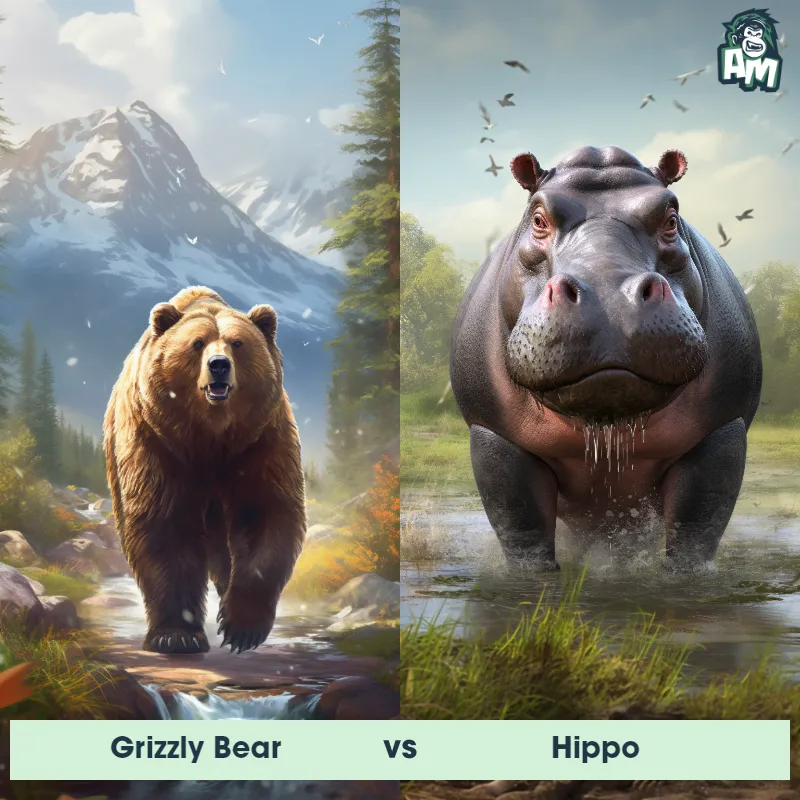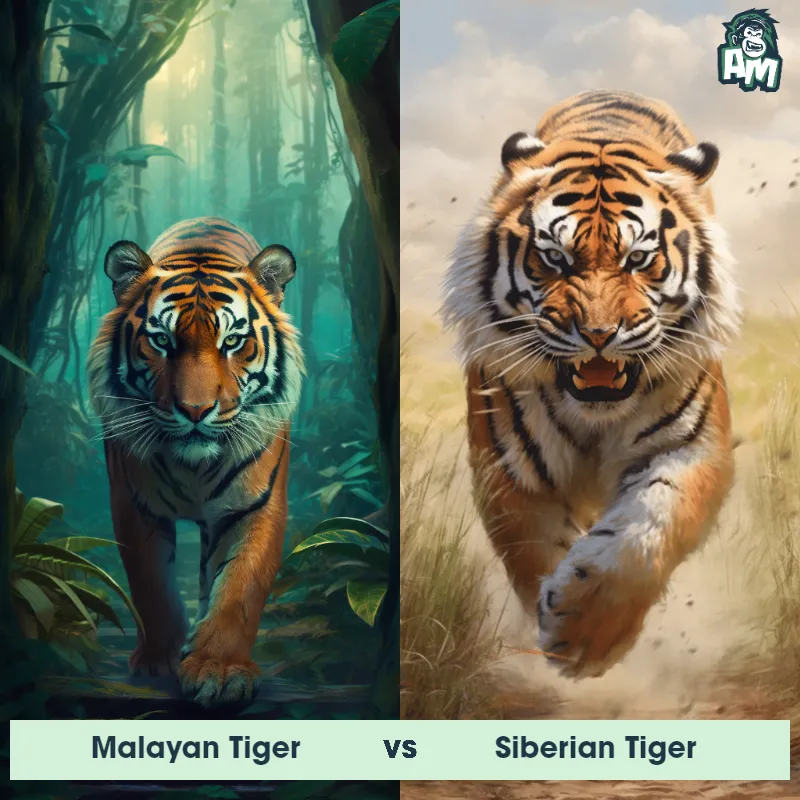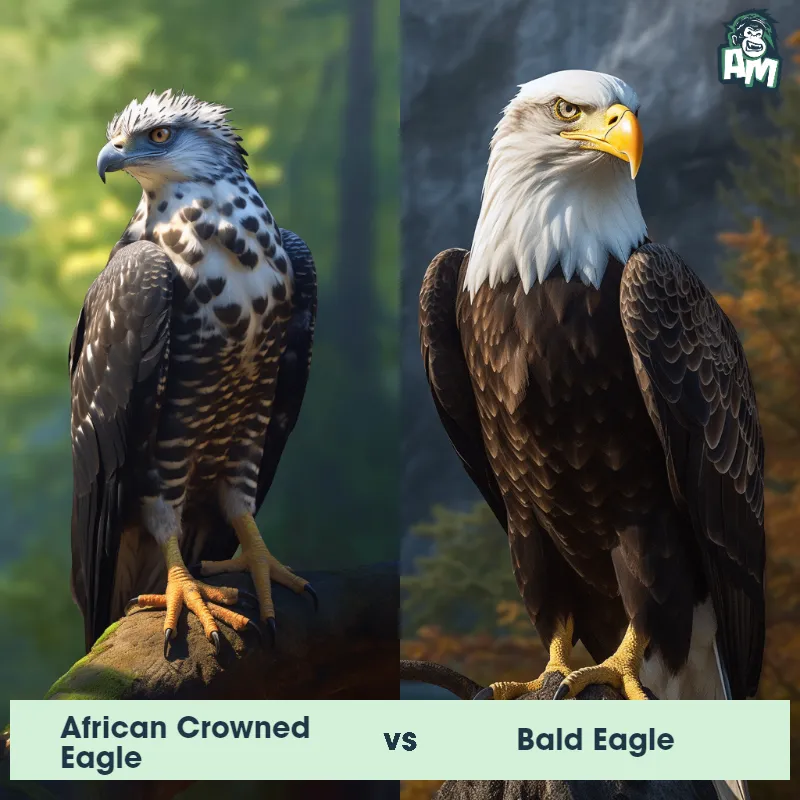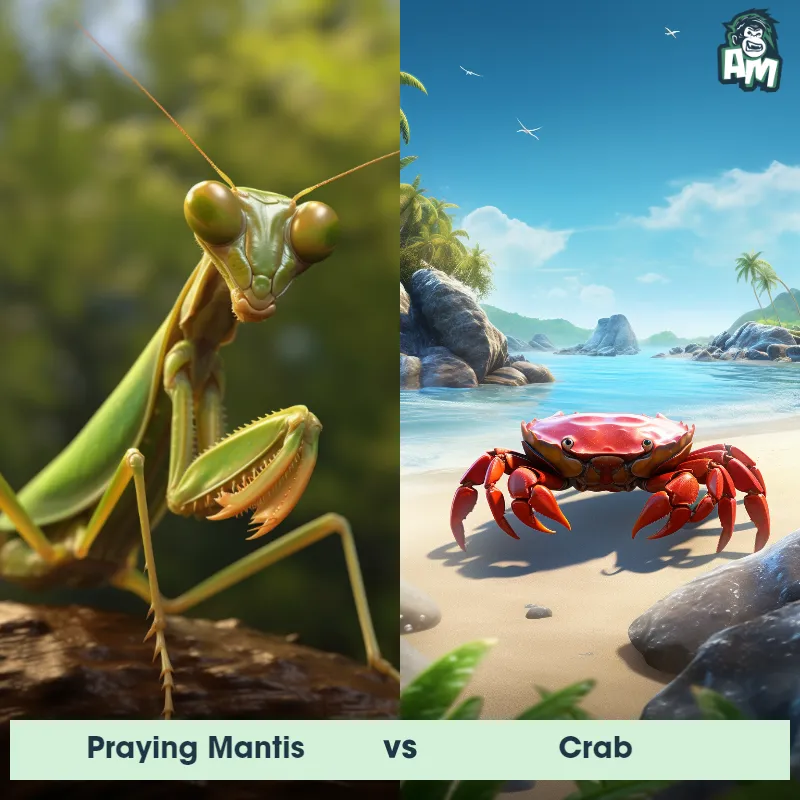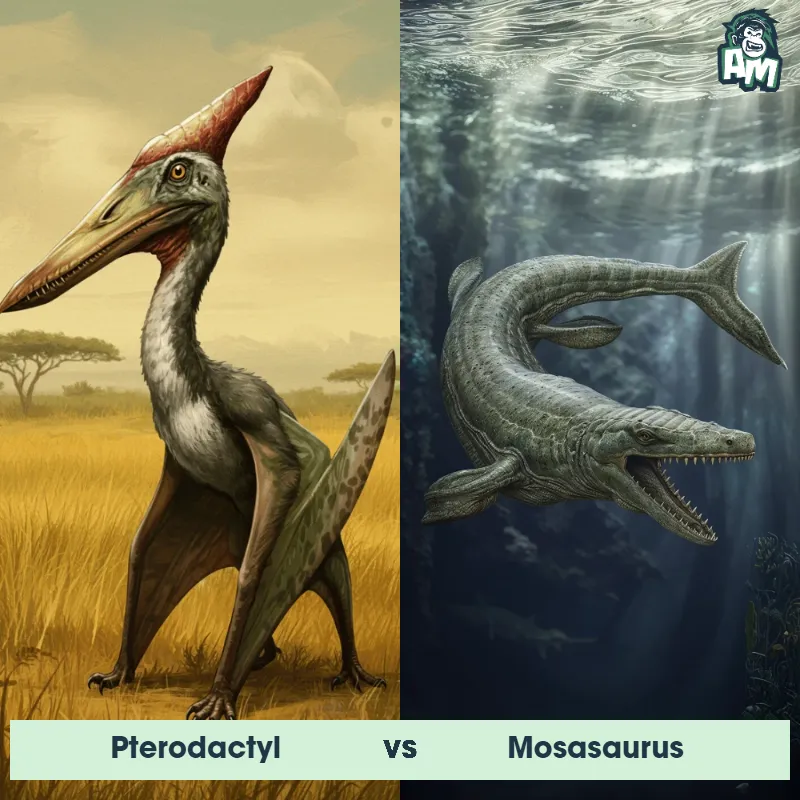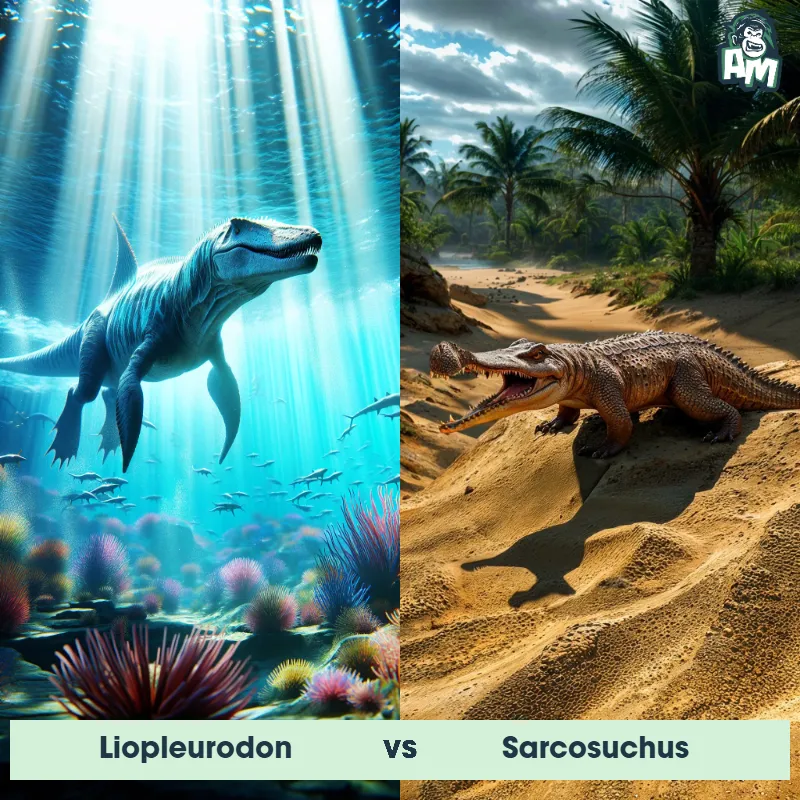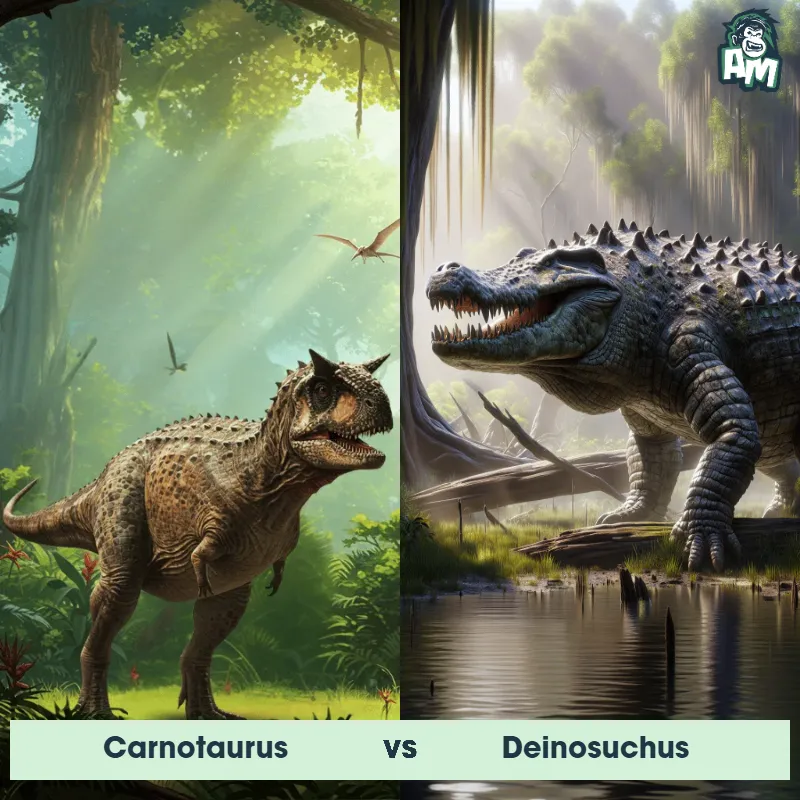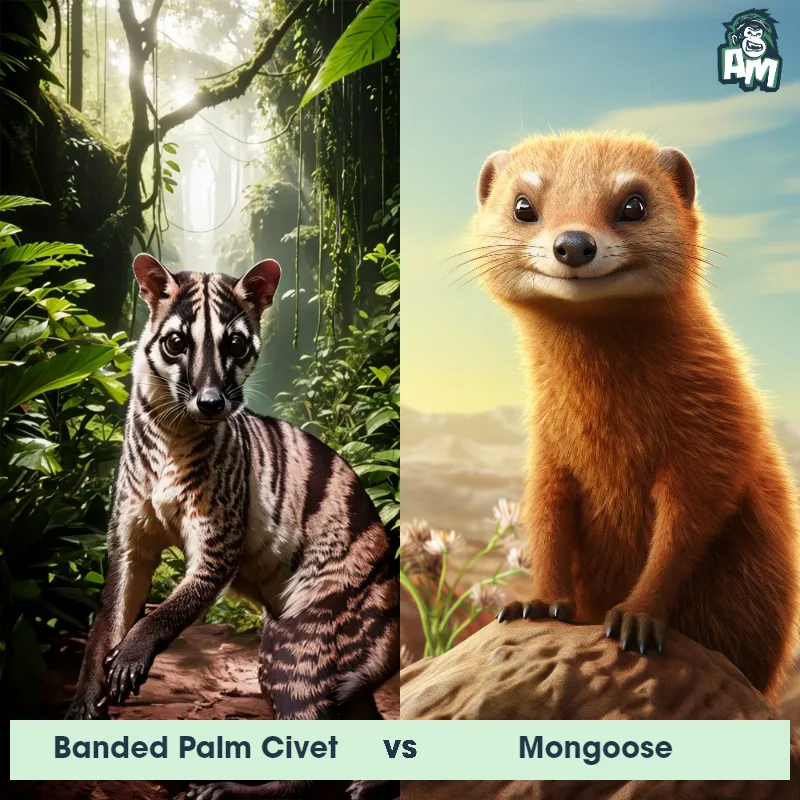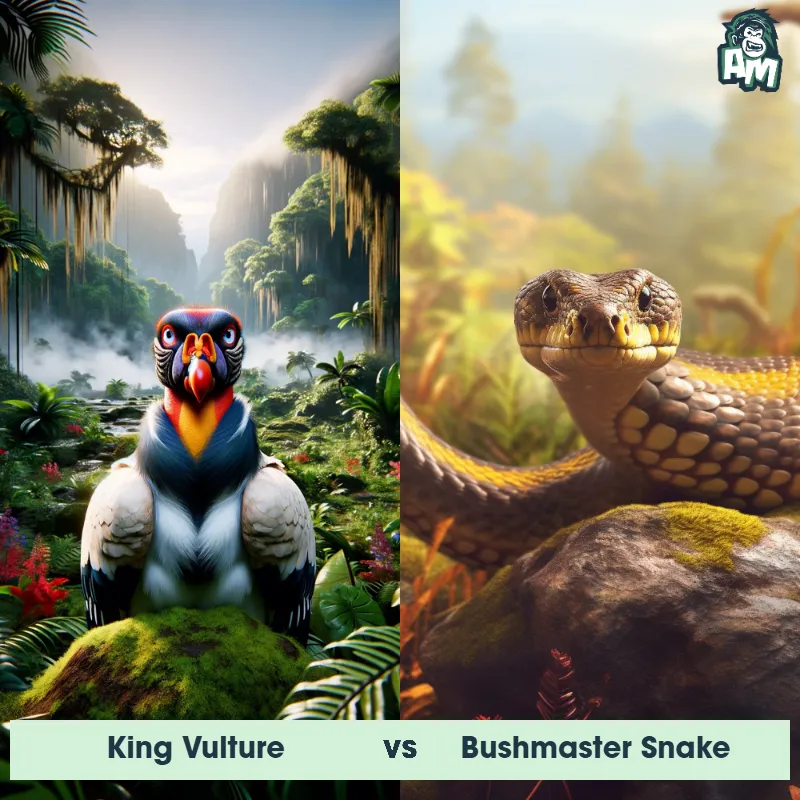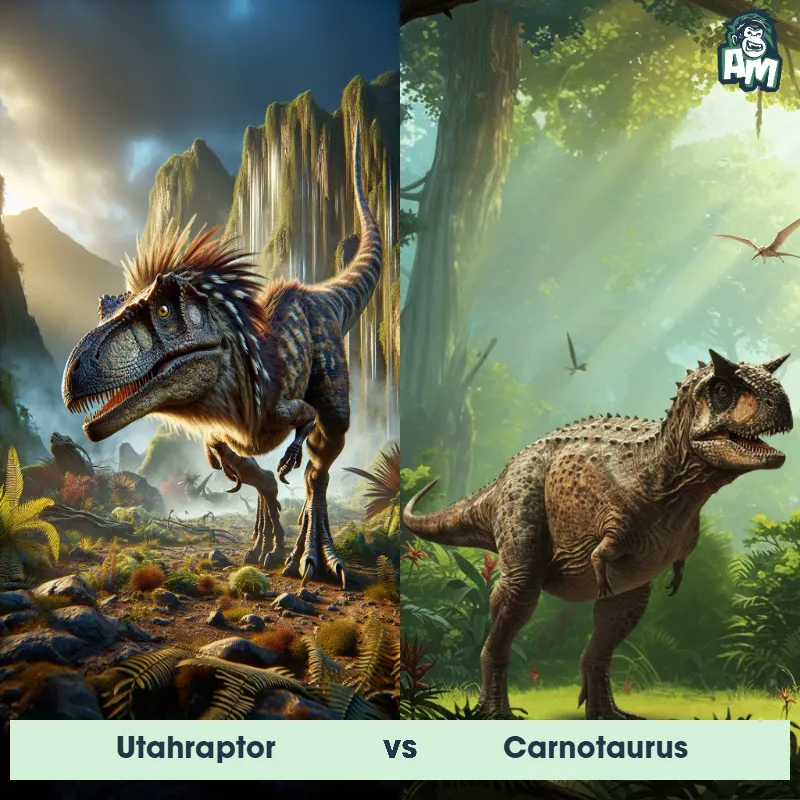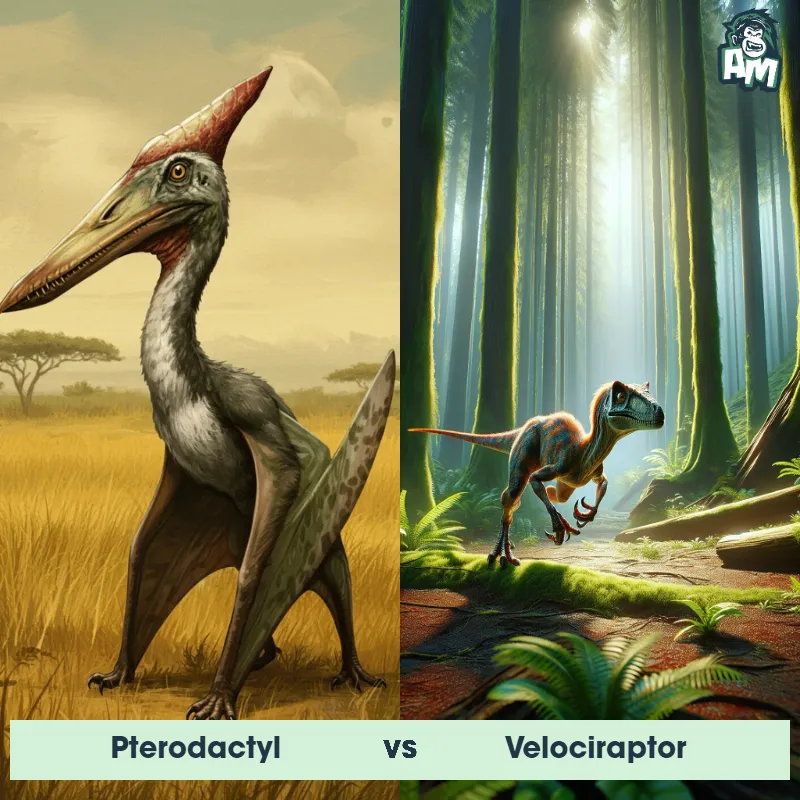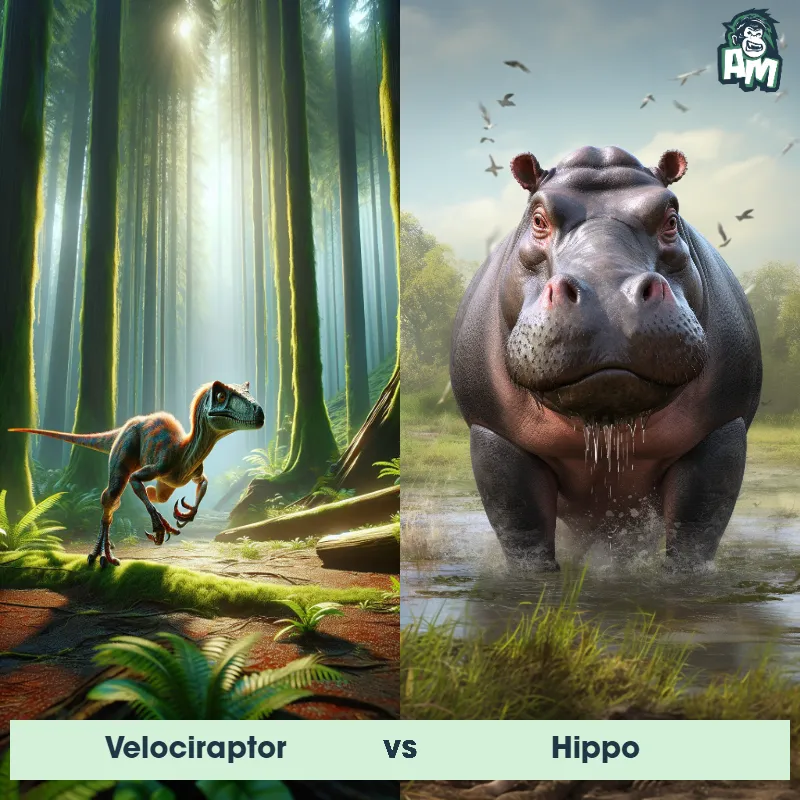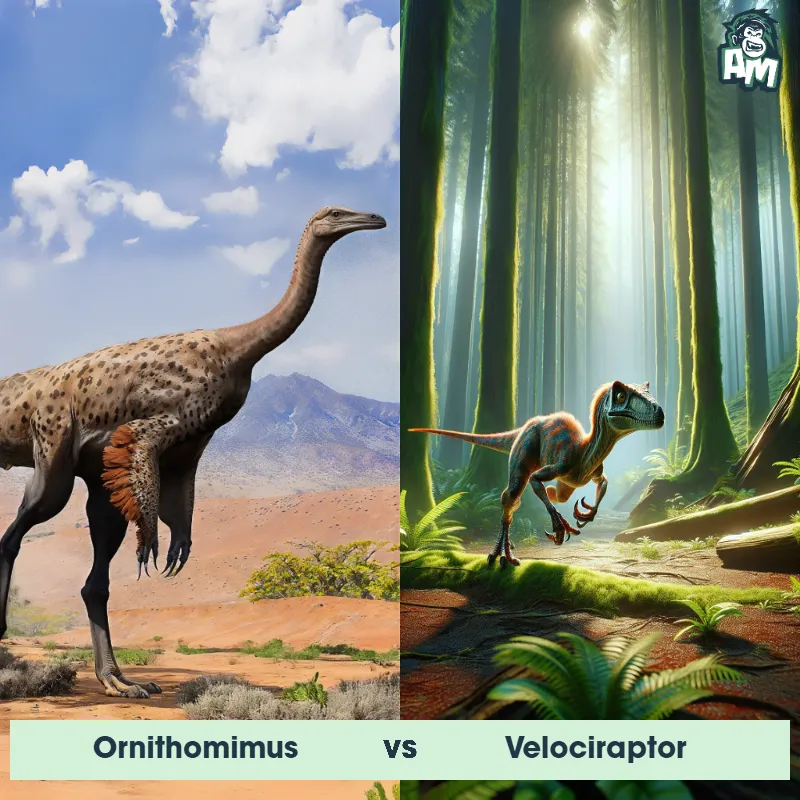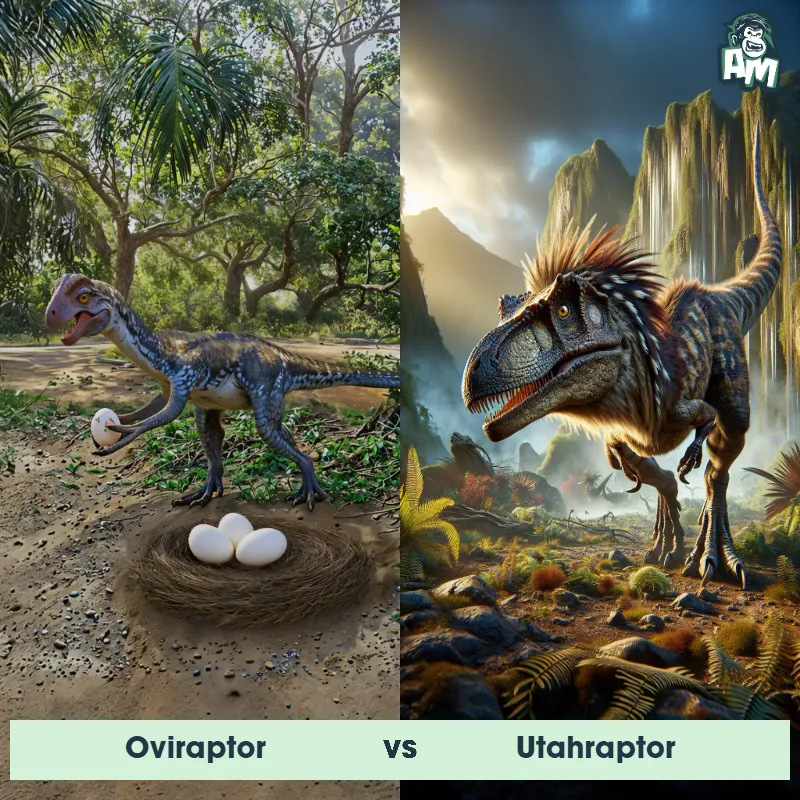Oviraptor vs VelociraptorSee Who Wins
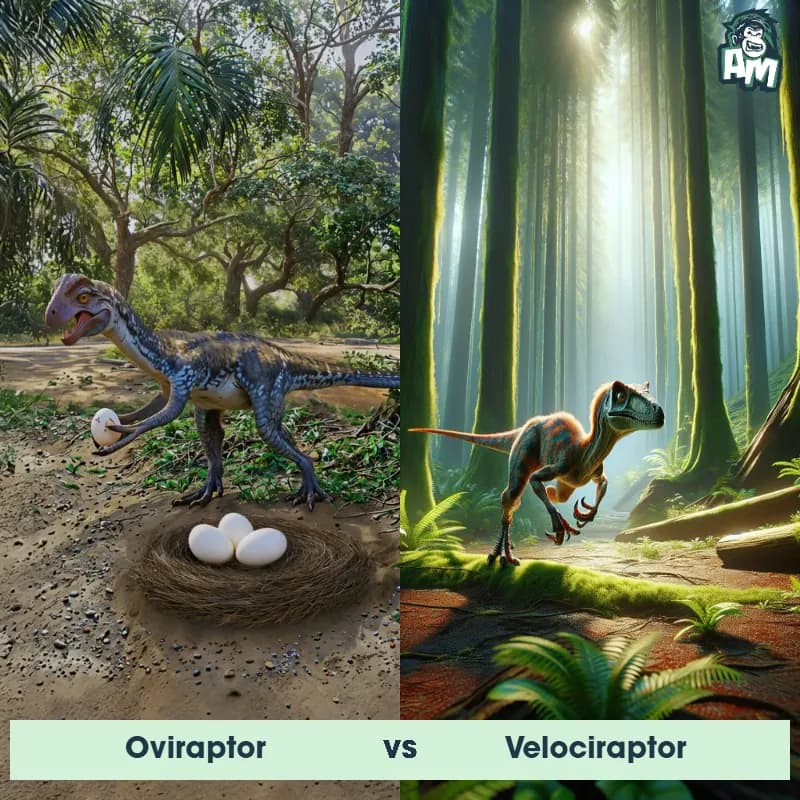
Welcome, spectators, to this thrilling prehistoric showdown! In one corner, we have the agile egg thief, the nimble Oviraptor. In the other, the fierce predator, the cunning Velociraptor. Both competitors are ready to claim victory in this three-round bout. Who will reign supreme?
Contender 1: Oviraptor
The Oviraptor, also known as the egg thief, was a small bird-like dinosaur that lived during the Late Cretaceous period. It had a beak-like snout, a crest on its head, and feathers covering its body. Despite its name, recent research suggests Oviraptor may have actually been a caring parent rather than a thief of eggs.
Fun Fact: Oviraptor was discovered on top of a nest of eggs, which led scientists to mistakenly believe it was stealing them—hence its name.
Contender 2: Velociraptor
The Velociraptor, known for its speed and agility, was a small, feathered dinosaur that lived during the Late Cretaceous period. It had a distinctive curved claw on each hind foot, which could have been used for hunting or climbing. Velociraptor had a long, slender body, a long tail for balance, and sharp teeth for tearing into its prey.
Fun Fact: Velociraptor is thought to have been an intelligent dinosaur, as studies have shown that its brain-to-body ratio was similar to that of modern birds.
Matchup Stats
| Oviraptor | Velociraptor | |
|---|---|---|
| Size | 6 feet (1.8 meters) | 2 feet tall (60 cm) |
| Weight | 75 pounds (34 kilograms) | 33 pounds (15 kg) |
| Speed | 24mph (39km/h) | 40mph (64km/h) |
| Key Strength | Speed and agility | Agile and quick movements |
| Biggest Weakness | Lack of physical weaponry | Small size compared to other dinosaurs |
Current Votes
Oviraptor vs Velociraptor
See Who Wins
View More Matches
Looking For More?
Similar Matches
Scientific Stats
| Oviraptor | Velociraptor | |
|---|---|---|
| Scientific Name | Oviraptor philoceratops | Velociraptor mongoliensis |
| Family | Caenagnathidae | Dromaeosauridae |
| Habitat | Semi-arid environments | Land |
| Geography | Asia | Mongolia |
| Diet | Omnivorous | Carnivore |
| Lifespan | 8 years - 10 years | 8 years - 10 years |
Key Differences between Oviraptor and Velociraptor
- Hands: Oviraptor had hands with three fingers suited for grasping, while Velociraptor's hands had more curved claws intended for slashing prey.
- Skull: Oviraptor had a shorter and broader skull with a distinctive crest on top, while Velociraptor featured a long, narrow skull and lacked such a crest.
- Beak: Oviraptor possessed a toothless, parrot-like beak, contrasting with Velociraptor which had serrated teeth suited for a carnivorous diet.
- Tail: Velociraptor had a long, rigid tail supported by bony rods, providing balance for its agile movements, unlike the possibly more flexible tail of Oviraptor.
- Size: Oviraptor was generally smaller, measuring about 1.5 to 2 meters, whereas Velociraptor was slightly larger with a length of approximately 2 meters.
- Feathering: Both dinosaurs were feathered, but Oviraptor may have had more prominent, colorful plumage used for display, unlike the more muted feathering of Velociraptor.



